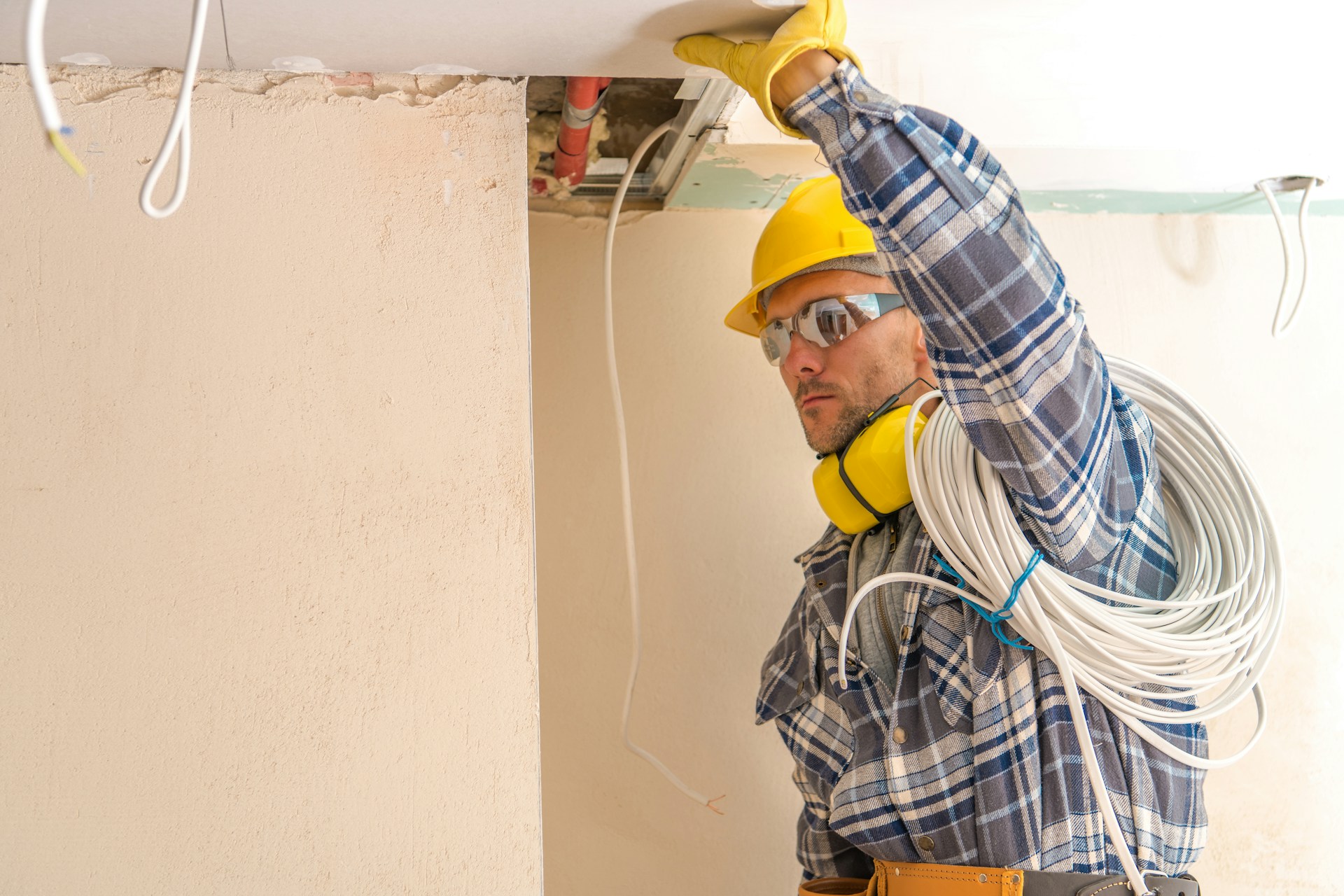Solving Common Joint and Gap Sealing Problems in Australian Buildings
In Australia, the unique climate and environmental conditions present distinct challenges for buildings. Areas like Brisbane, known for its hot, humid summers and mild winters, often face problems with building joints and gaps.
These issues may seem minor at first, but ignoring them can lead to significant damage over time. Understanding and addressing these sealing problems early on can help maintain a building’s structural integrity and energy efficiency.
Joint and gap sealing, often overshadowed by more visible architectural aspects, play a pivotal role in preserving the safety and longevity of structures. Properly sealed joints and gaps prevent moisture intrusion, reduce air leaks, and maintain a building’s internal environment while reducing energy costs.
Given the varied climate of regions like Queensland, prioritizing the sealing of joints is vital to ward off potential issues that can threaten both comfort and building stability.
Identifying Common Joint and Gap Sealing Problems
Joint and gap sealing problems do not always show themselves easily, but homeowners and building managers can watch out for key signs and symptoms. Here are some common challenges faced by buildings, particularly in Brisbane’s climate:
– Moisture Intrusion: Brisbane’s frequent storms and seasonal humidity create a breeding ground for mould and mildew if gaps aren’t properly sealed. This not only affects indoor air quality but can also lead to structural damage if left unchecked.
– Air Leaks: Unsealed gaps can lead to unwanted air flow, making it hard to maintain a stable temperature indoors. This results in increased energy consumption as heating or cooling systems work harder to compensate.
– Structural Weaknesses: Over time, joints that aren’t properly sealed can deteriorate. This may cause parts of the building to shift or settle unevenly, leading to visible cracks and alignment issues.
Brisbane’s specific climate conditions, like its intense sun and frequent rainfall, can exacerbate these problems. For example, temperature fluctuations can cause materials to expand and contract, weakening seals over time. Thus, identifying and addressing these issues promptly is crucial for anyone managing property in Queensland.
Causes of Joint and Gap Sealing Issues
Many factors contribute to joint and gap sealing problems in buildings, making it important to identify these causes to effectively address them.
– Poor Initial Installation: One of the main reasons for sealing issues is incorrect installation. If the materials are not applied properly the first time around, they are more likely to fail under stress, leading to potential gaps and leaks down the line.
– Wear and Tear Over Time: Just like any other building component, seals experience natural wear and tear. Regular exposure to elements such as sun, wind, and rain can slowly degrade materials, reducing their effectiveness over time. Routine maintenance can help identify these worn areas before they become a bigger problem.
– Environmental Factors: Temperature swings and humidity levels in places like Queensland can have an impact on sealing materials. Materials may expand and contract with these changes, and if they aren’t designed to handle such conditions, sealing compounds can crack or pull away from surfaces.
Solutions for Effective Joint and Gap Sealing
Addressing sealing issues effectively can prevent further damage and ensure that buildings remain safe and efficient. Here’s how to approach this:
- Professional Inspection and Assessment: Having an expert inspect the building can catch potential issues early. A thorough assessment helps in determining not only existing problems but also the best solutions tailored to specific conditions.
- Choosing the Right Materials: Different buildings and climates call for different sealing materials. Selecting the correct type, whether it’s silicone, acrylic, or something else, is crucial for longevity. It’s about matching the product to its environment.
- Best Practices for Application: Professional application makes a significant difference. By ensuring that joints and gaps are cleaned and prepared before sealing and that materials are applied evenly, the integrity of the seal is maintained, even in challenging weather conditions.
Benefits of Timely Joint Sealing in QLD
Carrying out joint and gap sealing at the right time offers numerous advantages to building owners:
– Enhancing Building Durability: Well-sealed joints and gaps reduce exposure to elements, prolonging the life of building components and lessening the risk of premature repairs.
– Improving Energy Efficiency: Proper sealing prevents air leaks, ensuring that heating and cooling systems function optimally without unnecessary energy use. This leads to reduced utility bills and a smaller carbon footprint.
– Preventing Significant Repairs: Early sealing interventions can prevent small issues from escalating into larger structural problems. By maintaining seals, building owners can avoid extensive repairs that would require more downtime and resources.
A proactive approach can make all the difference in maintaining a resilient and efficient property. Addressing joint and gap issues before they manifest into real problems ensures that both the value and comfort of buildings in Queensland are preserved.
Ensure your building is protected from the elements with expert joint sealing solutions tailored for Queensland’s unique climate. Trust Quality Seal Australia to deliver durable and efficient sealing to preserve your property’s longevity and energy efficiency. Discover how our comprehensive caulking and sealing services can safeguard your investment today!




